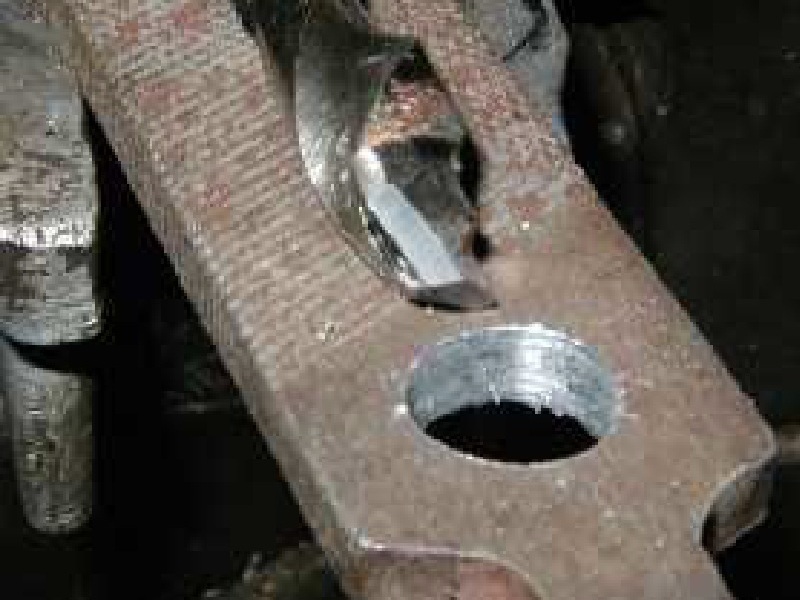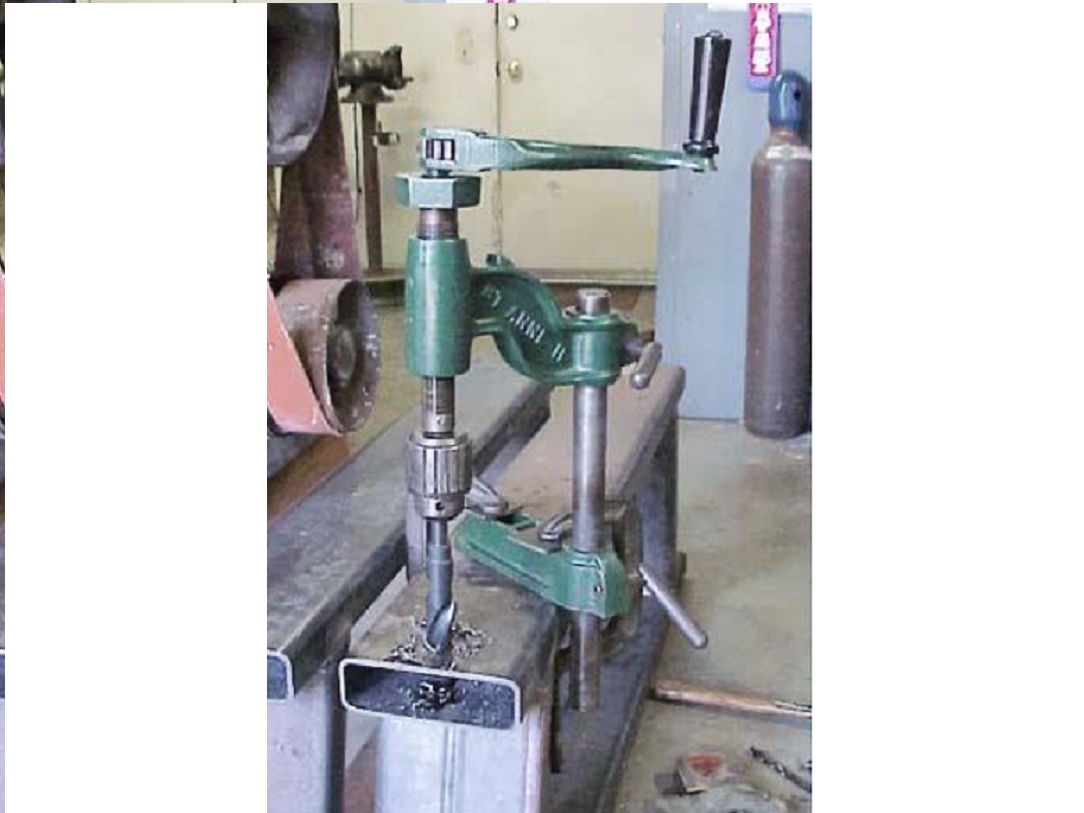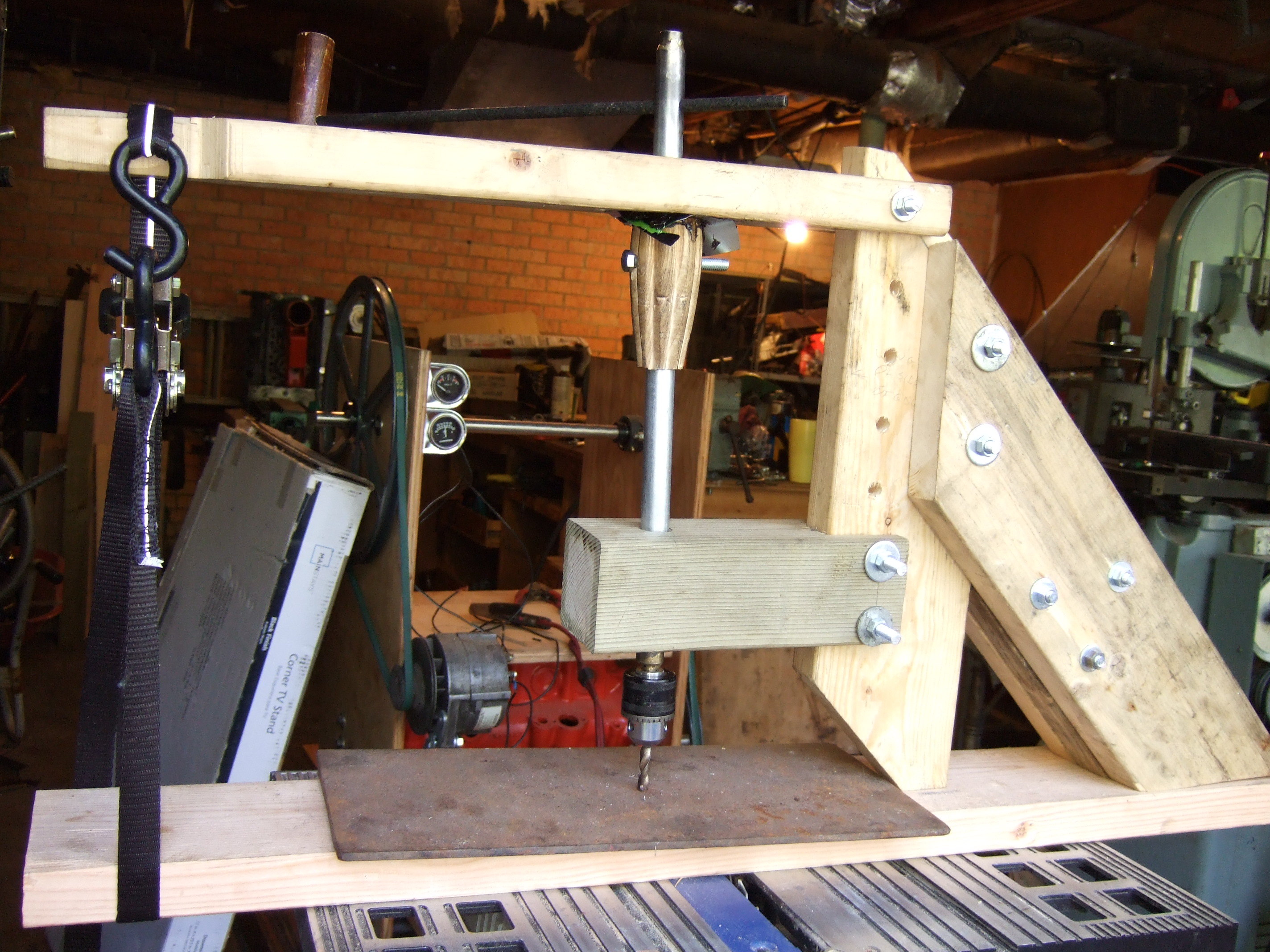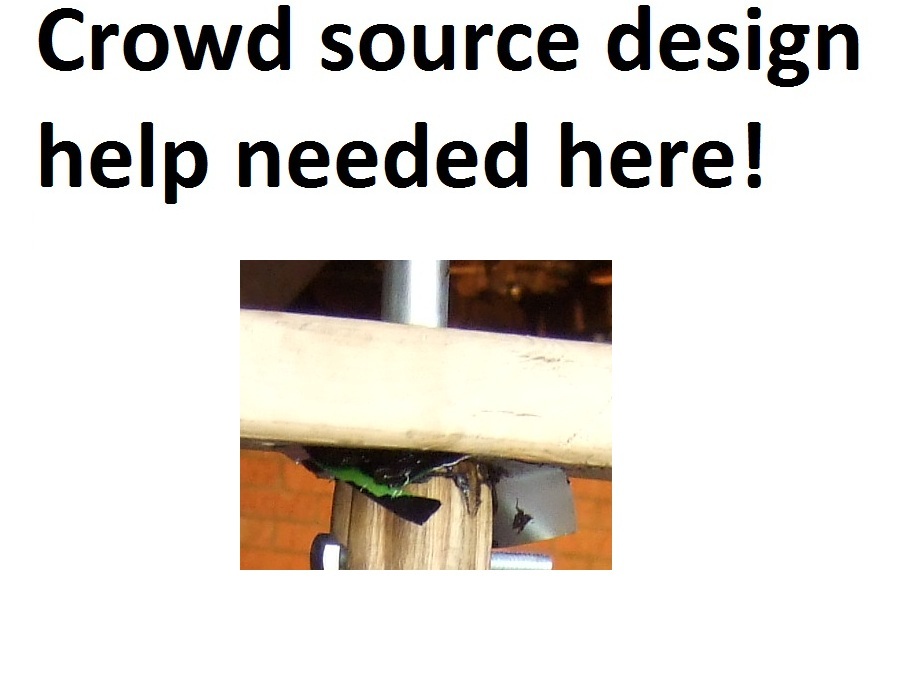Sooner or later almost every Maker will need to drill something that is almost un-drillable. Electrical drills make our lives much easier but they are almost useless on some work because the bit turns too fast and heat is allowed to build up to the level that destroys the bit.
Projects from Make: Magazine
$3 Drill That Can Make a Hole in Anything
Lost in the jungle and need to make a life-saving device that involves drilling a big hole in something as hard as a file? No problem!!










